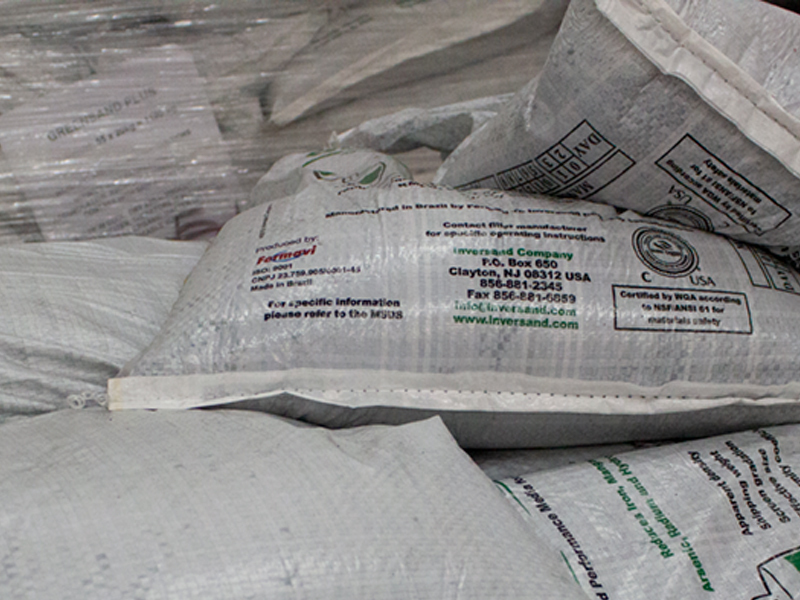Deciding when to replace your filter media can be difficult, especially when your filter continues to remove contaminants to acceptable levels. However, periodic media replacement is an essential part of your filter’s asset management plan in order to ensure optimal equipment performance and life cycle.
We consider filter media to have an average life of 15 years with a range of 10 to 20 years depending on site-specific factors, like backwash type and frequency, operational frequency, media type and condition, and overall filter performance. Unless there is a major hydraulic upset, filter media does not simply fail. Rather, it changes over time in properties like size distribution, roughness, depth, and composition (solids buildup), all of which can impact filter run length and effectiveness. As these changes occur gradually over months and even years, it is difficult to discern differences in operation and performance. For this reason, we recommend planning for media replacement every 10 to 20 years even if it does not seem obvious based on performance alone.
If you are considering changing your filter media, here are some signs that would support the decision:
- Filter performance has decreased, such that contaminants are detected at higher concentrations than normal throughout the filter run.
- Contaminants are breaking through sooner, requiring more frequent backwashing.
- Media depth is significantly different from the original specification.
- Up to one inch of loss per year is considered normal; however, media depth can also grow from build-up of solids over time.
- Filter is building differential pressure faster than normal or very little before seeing breakthrough.
Understanding the quality of your filter media may also factor into your decision to replace it. In addition to inspecting your media for things like mudballs or bacteria growth, you can have your media analyzed to assess its current condition. Taking a representative core sample of your media is a critical first step in evaluating its quality, and it generally involves the following steps:
- Backwash your filter
- Drain the water below the bottom of the media
- Push a 1¼” or 1½” tube that is 4’ to 6′ long into the media bed to capture media and then pull out and remove media from the tube
- Push the tube into the same hole and repeat the process until the tube bottoms out at the support gravel or media-retaining underdrain, depending on your filter configuration
- Do not push down into the support gravel, it is not part of the media analysis
- A minimum 1-quart of sample is necessary for an accurate analysis and multiple core samples may need to be taken at different places in the filter cell.
If taking multiple samples to meet the volume requirement, it is important that they are all complete core samples. All samples should be combined together, and the entire composite sample should be sent for analysis. Taking from only certain depths of the filter or not submitting the entirety of the core samples will skew the results and give misleading information.
Kurita America’s Aftermarket Services Team is available to answer your questions about media replacement and work with you on these projects. If replacing filter media, it may also be a good opportunity to perform other essential maintenance work. You can read our additional articles to learn more about considerations for refurbishing your media filter.
Reach out to our Aftermarket Services Team directly to talk to an experienced water professional and learn more about Kurita America’s products and services for media filter maintenance.
Contact our Aftermarket Services Team:
- Phone: (800) 530-1887
- Email: KAI_AftermarketSales@kurita-water.com

